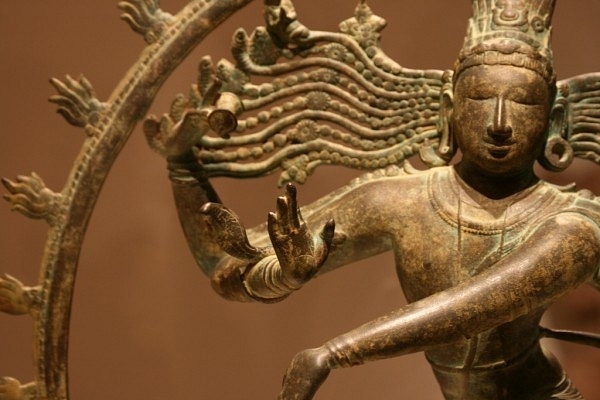
Weekend Video: Why Indian Art Evokes Such Powerful Emotions In Our Brain
What is going on in our brains? What is it about the Chola bronzes or medieval Indian art that evokes such powerful emotions in us? Dr VS Ramachandran explains in this video.
Dr Vilayanur Ramachandran’s talk on ‘Aesthetic Universals and the Neurology of Hindu Art’ is a must watch for every one interested in the intersection of art and science. Dr Ramachandran, a best selling author, begins with a very brief mention of how art and neurology interact through the brain. He chooses Indian art, mainly Hindu art, to dwell on how this happens.
He begins with a narration about how he would visit temples and spend time admiring the sculptures. Initially he regarded them mostly as religious iconography and not ‘fine art’. But, as a neuroscientist, he began wondering as to why some works of art had the ability to “move you to tears, shake you to the core” – be it a Michelangelo or a Chola bronze. Dr Ramachandran then studied the history of Hindu art and the lineage/basis of ideas.
This leads to the Indian idea of ‘rasa‘ – which is ‘capturing the very soul, the essence, the spirit of something, to convey a mood, sentiment or emotion to the viewers brain’. How rasa works on the brain, and whether there is a neurological basis for this is the subject of the talk. Dr Ramachandran attempts this explanation through examples such as sensual sculptures, the cosmic dance of Nataraja and other iconic Hindu art works.
In his own words: “What is going on in the brain? What is it about these images, the Chola bronzes or medieval Indian art, that evoke such powerful emotions in the brain?”
Do watch!
https://www.youtube.com/watch?v=7ZTvHqM-_jE
Earlier in the Weekend Video series: Exploring the Indian Civilisation With Michel Danino